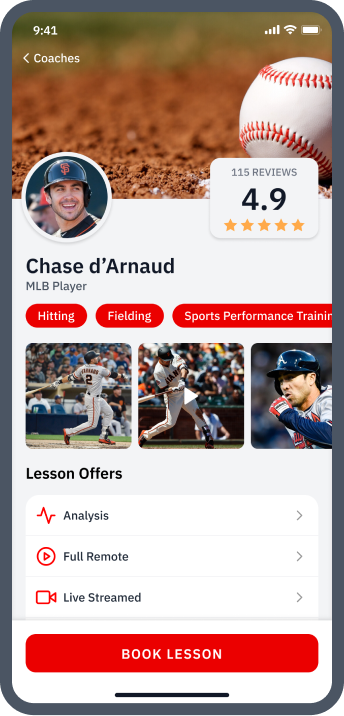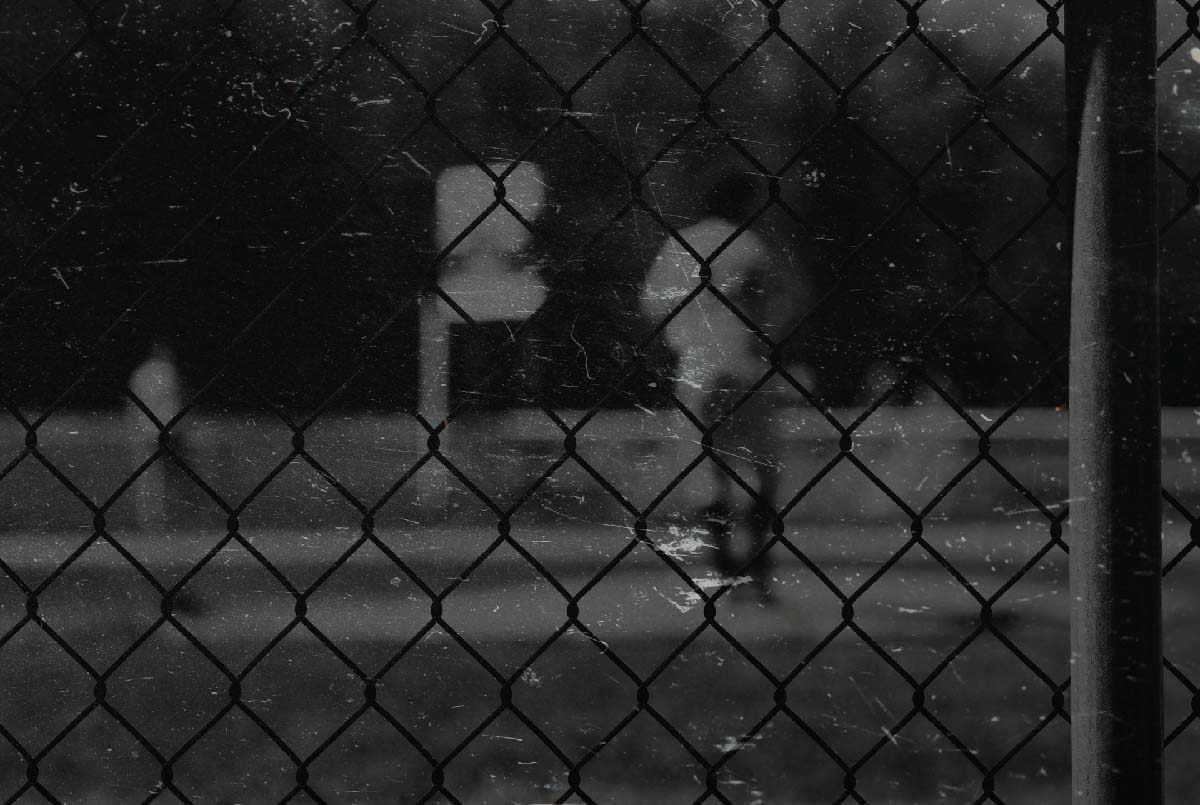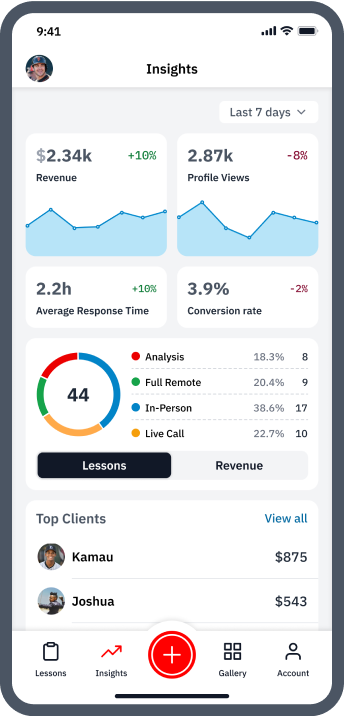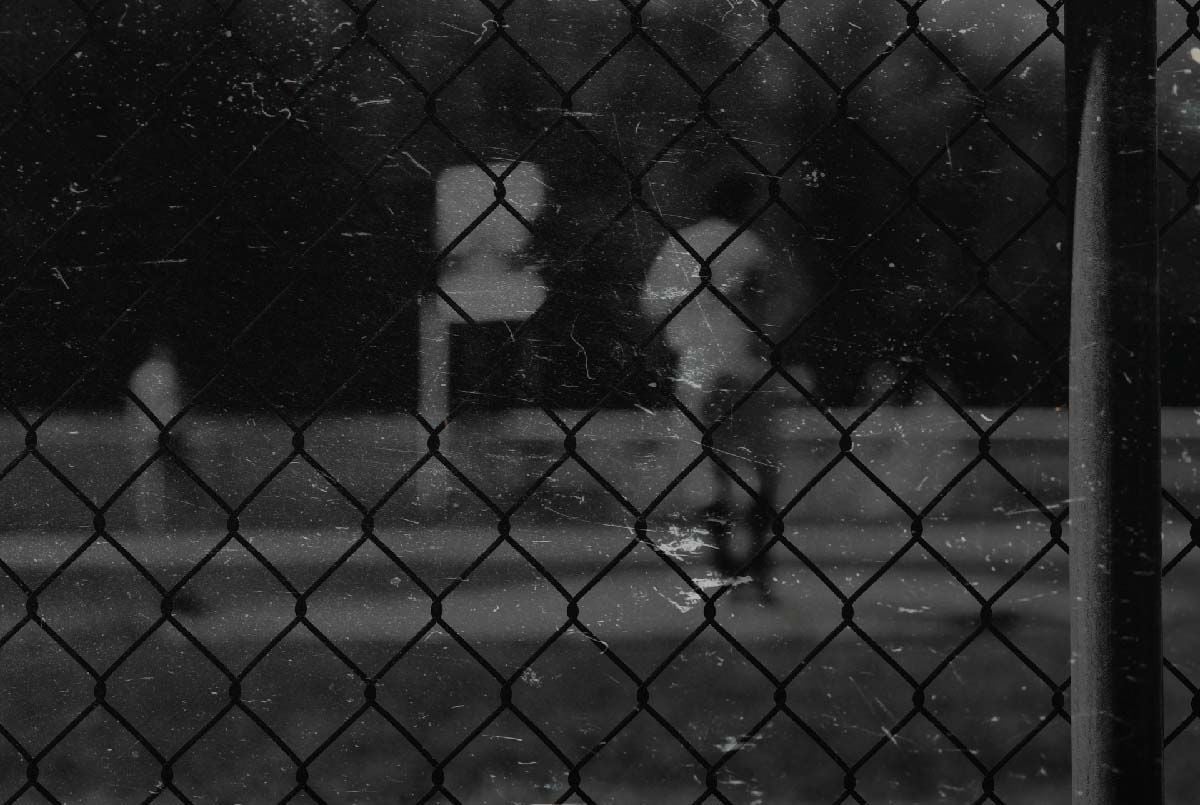Microlearning: The Proven Science Behind Remote Baseball & Softball Lessons

Microlearning is a general term for any learning model that provides lessons in short but hyper-relevant informational bursts of several seconds to around 15 minutes each.
It had become a huge trend in the learning and development industry, even before the Covid-19 pandemic hit the world.
An early 2019 report by MarketsandMarkets estimated that the microlearning market alone was expected to grow from $1.5 billion in 2019 to $2.7 billion in 2024.
An increasingly remote workforce, better technology, and the growing need for skills-based training are the driving forces behind the growth of microlearning.
And the pandemic, of course, just poured rocket fuel onto this growth.
While microlearning is booming in the corporate and academic worlds, applying this same approach to remote baseball and softball lessons can positively impact player performances in a way that's hard to ignore.
In this SeamsUp guide to microlearning for baseball and softball, you’ll learn about the following:
- What microlearning is
- The benefits of microlearning
- Applications of microlearning
- The relationship between microlearning and remote learning
- The benefits of microlearning to baseball and softball players
- Microlearning best practices for coaches
- How to give microlearning private lessons

What is Microlearning?
As mentioned at the top, microlearning is a general term for any learning model that provides lessons in short but hyper-relevant informational bursts.
A single microlearning unit usually isn’t longer than 10-15 minutes and it’s often technology-based or, at least, technology-enhanced in nature.
Experts agree that a micro approach to learning is best suited for skills training. It involves taking a skill and breaking it down to its fundamental parts.
Microlearning courses and sessions often offer students bite-sized exercises or “learning nuggets.”
Wanna grow your baseball or softball coaching brand?
Get connected to new local and online lesson clients—along with all the tools you need to scale.
Download the free app

Varied content
Microlearning is generally digitally-focused, most courses being designed for mobile devices.
Content can range from brief readings of digital texts, to a short video segment followed by a two-question quiz, to a micro-podcast, to 1:1 sports training sessions.
Mobile learning
Microlearning often overlaps with what’s called “mobile learning.”
Unlike traditional in-person lecture content, microlearning content is uniquely designed for mobile devices, making it accessible to both students and teachers anywhere, anytime.
And, if you’re curious, check out our guide on using mobile learning to accelerate baseball and softball progress.
But, back to our purposes here, microlearning is both easy to create and easy to access. And instructors also have flexibility if they choose to integrate it with long-form content.

Microlearning and learning how to learn
With microlearning course builders and platforms available, you don’t need to know how to code to create your own microcontent.
Which has led some educational scholars to point out the potential effect of microlearning on heutagogy, AKA, self-determined learning.
If you want to dig into the neuroscientific literature, educational theory and case studies that underpin heutagogy, look no further than this completely free book all about the topic.
This strategy has already been successfully applied at all levels of academic education – from kindergarten through graduate and doctoral programs – and in high-functioning workplaces, mathematics, computer science, medical education, nursing, journalism, engineering, etc.
For baseball parents and coaches, heutagogy is basically the educational and evidence-based framework that’s codified what we already knew – how important it is for ballplayers to own their process while developing in the game.
And for our purposes in this article, it’s also necessary to note that experts believe microlearning and mobile learning could help pave the way for a much-needed shift to self-determined education, partly because both creating and consuming micro-courses is much easier than long-form courses.

The Benefits of Microlearning for Baseball and Softball Players and Coach Entrepreneurs
The benefits of microlearning make it adaptable to business, education, and, of course, sports. Any field that requires skills-based learning could stand to gain from this approach.
And microlearning has six distinct advantages over traditional learning for both students and instructors.
1. Better retention rates
Learning in small, bite-sized chunks has proven benefits.
By taking in smaller bits of information, at your own pace, you don’t clutter your memory with information.
Moving something from your short-term memory to your long-term memory takes effort. The more information there is the more fuel you burn and the less you retain.
Microlearning side steps that process by letting you focus on smaller chunks at a time.

3. Greater accessibility
Microlearning courses are more accessible than traditional, long-form courses.
They’re usually designed for smartphones or tablets, so they can be completed on the go.
And the ability to finish lessons in a shorter time, and to access them from anywhere, boosts completion rates.
When a microlearning unit only takes, say three minutes, to finish, ballplayers can tackle it while on the way to this weekend’s travel tournament, after completing their homework for the evening, or while you shop with them for groceries.
And having completed a short, but full lesson, they’ll feel more motivated to move on to the subsequent lessons.

3. Learn skills faster
Microlearning works best for skill-based learning.
Taking a skill and breaking it down into its separate components to focus on one at a time is the key to microlearning.
By working with bite-sized lessons, it’s easier to pick up new skills faster.
With microlearning, you only focus on one learning objective at a time. By dedicating your full attention to one goal, you can close your skills gap more quickly.
Of course, this feature of microlearning makes it particularly effective for the skill-heavy pursuits of baseball and softball instruction.
4. Easy to build
Microlearning video courses are less daunting to create than traditional ones. Shorter content makes for simpler lesson plans.
And with microlearning course builders, you can quickly develop a new course and push it out to your followers and students.
5. Cost-effective
This benefit is also for the course creators.
Microlearning courses have a greater return on investment than traditional courses.
Since they’re easier to make, you don’t spend as much time or as many resources in the creation phase.
As an example, by creating micro-courses, learning developers can reduce costs by 50 percent and increase development speed by 300 percent.

3. Suits modern learners
In today’s digital age, many of us spend our days on our mobile devices.
People of all ages, but especially young people, are used to learning on YouTube and even from creators on social media platforms, such as TikTok and Instagram.
Phones and tablets have become the interfaces that deliver many of life’s most meaningful lessons. And microlearning courses and private lessons are perfectly aligned with this modern reality.
Shorter Attention Spans
Another benefit of chunking learning nuggets into bite-sized portions is that it corresponds to our shrinking attentional capacities.
In 2000, it was 12 seconds.
Now, 15 years later, it’s shrunk significantly to 8.25 seconds.
Some scientists have forwarded that we now have shorter attention spans than goldfish – who are able to focus for 9 seconds.
Yes, you read that right.

Other Examples and Applications of Microlearning
As you hopefully know by now, microlearning can be applied in any skills-based learning model.
From learning a foreign language to employee onboarding to teaching the mechanics of a good baseball swing, microlearning has a home in many situations – including the following.
Micropodcasts
One popular form of microlearning that’s easy to replicate is the micropodcast.
In an audio recording of one to five minutes in length, you can cover a specific topic like the definition of a word or a mini-lecture that explains a concept.
With accessible podcasting platforms like SoundCloud, writing and producing a micropodcast is a practical choice for microlearning that can be consumed by ballplayers and produced by baseball and softball coaches.

Video-based segments
The most popular form of microlearning content is undoubtedly video.
Watching a video tends to be more engaging than reading a text. And with a video, viewers can also start, stop, and re-watch portions for better understanding.
Anyone involved in the baseball or softball world over the past 10 years, will know how popular video courses have become in our industry.
Nearly every coach with a moderate to large following on social media has some sort of video course offering today.
If you want to learn literally everything it takes to build and market a baseball or softball video course, look no further than our ultimate guide on the topic.
And, of course, this trend of teaching our games through video also extends to creating massive amounts of organic social media content.

Onboarding
Onboarding is one of the most effective applications of microlearning in the business world.
Onboarding typically comprises a series of small and large steps new employees must complete to be fully integrated into their new position.
Some steps take longer than others, but by splitting the onboarding process up into small, digestible chunks, businesses speed up employees’ knowledge transfer and make them feel like part of the team sooner after being hired.
Of course, brand new hitting or pitching lessons can be onboarded to an instructor's teaching and training style with short video microcontent as well.
One example of this is sending a video that teaches soon-to-be students how to film themselves doing a short physical mobility evaluation prior to their first session.
The students send footage showing their range of motion across various planes of movement to be reviewed ahead of time.
Coaches can film their instructional video on how to do these assessments once, but use it for every single new client.
It’s a simple way to discover and target bodily imbalances and potential hurdles to growth in students right away.
And it also helps your in-person lesson services stand out from other private lesson coaches in your local area.

Product training
Another aspect of the corporate sphere where microlearning comes in handy is in product training.
For companies that release new products all the time, keeping customers and employees up to date can be a challenge.
Microcontent is quickly designed and disseminated to users or team members so they can learn about how to get the most out of the new product.
If a baseball or softball coach is releasing a new service, gadget, or tool, short explainer content on social media is a great way to similarly inform your audience.

Reading books
Books, whether fiction or nonfiction, are filled with details and rich information about their subject.
But many people don’t have the time to read as many books from start to finish as they’d like.
Microlearning apps like Blinkist break down the key takeaways from books quickly. You still learn the information contained in the book but in short bursts rather than in long-form.
This can be a game-changer for busy coaches, parents, or ballplayers.

Combined with spaced learning
Microlearning methods also work well when combined with other cutting-edge learning methods.
Spaced learning advocates systematically delaying the time between new material, so learners can better retain the knowledge.
Incorporating micro lessons into a spaced learning model can sky-rocket learning retention.
If you’re curious, we wrote a killer article on exactly how the Spacing Effect & Delayed Learning Apply to Remote Hitting and Pitching Lessons in Baseball and Softball.
Personalized diagnostic tool
Because microlearning courses are so easy to design, you can cater them toward learners’ specific needs.
Therefore, microcontent can be used as a diagnostic tool to gauge individuals’ current skill level and determine which types of lessons or adjustments they need to progress.
This application is exactly what ballplayers can get when acquiring remote baseball or softball lessons – if the lessons are designed with microlearning and other modern scientific and educational insights in mind.

Why Microlearning and Remote Lessons Work for Baseball and Softball Players
We’ve seen the benefits of microlearning on general skill acquisition, but how can a microlearning approach benefit baseball and softball athletes specifically?
1. Baseball and softball are highly skills-based
Hitting, fielding, pitching, and catching are all skills that must be mastered and refined to varying degrees – partially dependent on position – in baseball and softball.
Squaring up an outside pitch into the opposite field gap, crouching down to back-hand pick a ball in the dirt, or throwing a filthy slider are all challenging and time-consuming skills to acquire.
Specifically with hitting and pitching, players confront a series of fine movements that must work seamlessly together to make up the overall effective skill.
Taking apart the mechanics of a good swing and teaching it in micro lessons makes it significantly easier for the athlete to understand.
Especially at younger ages, when players are still comprehending the basics, microcontent for hitting or pitching instruction can be incredibly beneficial.

2. Shorter lessons are better for learning retention
Short lessons with one objective are better for overall retention than any long-form content.
Baseball and softball players who are trying to master specific skills in the sport will have an easier time remembering and internalizing their mechanics if they learn them in bite-sized chunks.
Presenting a 2-hour clinic on slap-hitting, for example, can and often does overwhelm softball players who are just learning the art.
But even with a 30-minute session, when instructors cram too many adjustments or just too much information into one lesson, all they can do is hope players retain a fraction of what was taught.
Unfortunately, this foolhardy instructional strategy will usually mean having to start from the beginning again in the next lesson.
But with microlearning, you can be sure that a budding slap-hitter masters one portion of the technique before moving on to the next.

3. Gamification holds ballplayer interest for longer
Many microlearning courses include a gamification aspect, whereby module completion is designed as a game with points and prizes.
A gamified approach to private lessons can also appeal to athletes. As you can already assume that they’re motivated by competition – against others or themselves – since they’re baseball and softball players.
With most online private lesson platforms, you’ll be able to compare video footage of your clients with their past selves to point out and celebrate their progress.
But you can also compare the player to athletes at the collegiate or professional-level to help motivate and inspire their continued growth.
Gamification principles can also be applied for in-person lessons with a bit of coach creativity.
Toni Paisley, softball pitching pro, Division 1 All-American, and entrepreneur, exemplifies how powerful and motivational gamification can be for in-person private lessons with her pitching velocity leaderboard.

Microlearning Best Practices for Baseball and Softball Coaches
Baseball and softball coaches may be building full online courses that sell microcontented lessons through things like Teachable, or they may share their knowledge freely with our community through platforms like YouTube or Instagram.
Regardless of where it’s published, to produce microcontent that your athletes will love, here’s seven tips to keep in mind:
1) Make them mobile-friendly – Your athletes will more than likely access your microcontent on a mobile device, so make sure your content is engaging and accessible on a smartphone or tablet.
2) Use visual engagement – Microcontent should be visually dynamic. Add videos, images, and even GIFs to express your core concept.
Also, shoot for overall high quality images and videos. Small investments in things like a lavalier mic, tripod, and choosing well-lit and interesting locations can make a huge difference in the final product.
We have an entire guide on how to increase baseball or softball lesson content quality.
3) Keep objectives clear and concise – Micro lessons focus on a single goal.
Keep your individual lessons concise and remember that learners don’t need more content, they need the right content at the right time.
4) Link to other relevant resources – Units in micro-courses are meant to be bite-sized, but that doesn’t mean you can’t add other resources.
You can always link to another video of yours that covers a different aspect of the same topic, or a helpful article you want your athletes to read.
5) Add a challenge – Microcontent should be challenging. Use scenario-based training to ask a question or have your viewers complete a small task or drill along with your content.
If all they’re doing is watching a video passively, their attention won’t be as focused and their learnings won’t be as profound.
6) Use spaced learning and repetition – One key to remote learning is repetition. But repetitive lessons should be spaced out so that your learners can overcome the forgetting curve.
Instead of packing as much info as you can into one lesson, go for smaller units that are delivered on a balanced, well-spaced schedule to reinforce the information.
7) Stay personally involved in progress – You’ll want to monitor the progress your athletes make through consuming your microlearning content.
It’s up to you to stress how important it is for athletes who engage with your pre-produced microcontent to also engage with you in the form of either remote or in-person lesson progress checks.
Especially with baseball and softball skills, you may want to check in on their technique and retention each step of the way.
Something like SeamsUp will soon allow you to provide your remote private lesson offerings in the same place as your video courses, making it easy for clients to purchase and engage with both.

How Remote Baseball and Softball Lessons Work
As technology progresses, remote lessons in baseball and softball have become more commonplace.
Athletes can find coaches and instructors to suit their unique needs, no matter their location.
And incorporating microlearning in remote lessons can have huge benefits for ballplayers.
The SeamsUp marketplace, for example, has features built specifically for creating and delivering microcontent.
Soon it will offer a complete online video course builder for coaches to upload their content, name each section, create a sales page and promo video for the course, and price their offerings in minutes.
But, coaches can currently offer a style of remote lesson that is intentionally designed to harness the power of microcontent for the benefit of your clients.
These are called “Full Remote Lessons.”
Here’s how they work:
1. Players send footage from live games or practices, via the app, to showcase their hitting, pitching, catching, fielding, or sport performance training technique to instructors.
2. Athletes receive private lesson analysis and feedback from top baseball and softball pros and coaches in the form of an in-depth and personalized “Feedback Package.”
The Feedback Package consists of the coach’s analysis and feedback, broken up into small digestible chunks.
These are their microlearnings:
- Firstly, players receive a technique analysis of their sent footage that can include telestrated drawings, voiceovers, or coaches self-filming and demonstrating the finer points to improve the player’s swings, pitches, lifts, etc.
- Coaches also include additional resources meant to improve specific aspects of the technique.
This could include sending drill videos to fix specific flaws or develop new attributes or example pictures and videos of pros swinging, pitching, catching, or fielding to illustrate specific points. - Coaches can also prescribe homework assignments.
These are sort of like a doctor’s prescription, but they write out the work a player should do between lessons to accelerate their growth.
3. Players then receive the package and can sort through all of the coach’s feedback at their own pace.
The app also saves every remote lesson in a personal media library for players.
So, as long as they can access the SeamsUp app, they can watch and rewatch their remote lessons to reinforce learnings and insights anytime, anywhere.
Again, this Full Remote Lesson type is intentionally designed to deliver micro-lessons, and both instructors and athletes can benefit from this bite-sized learning model applied to our game.

Final Thoughts
The microlearning approach to education, be it in the classroom, at the office, or on the ballfield, is here to stay.
The effects of microlearning on retention and skills acquisition are proven, and this method of learning will start finding its rightful place in baseball and softball more and more.
Wanna grow your baseball or softball coaching brand?
Get connected to new local and online lesson clients—along with all the tools you need to scale.
Download the free app

About the Authors
Courtney Withrow
Professional Writer
Originally from the U.S., Courtney is a Brussels-based freelance writer with a Master’s degree in International Relations. She grew up playing softball and still loves the game.
Mike Rogers
Co-Founder & CEO
Mike Rogers has spent a lifetime entrenched in baseball and softball as a player, a private instructor, a training facility owner, and the son of two college-level coaches.

